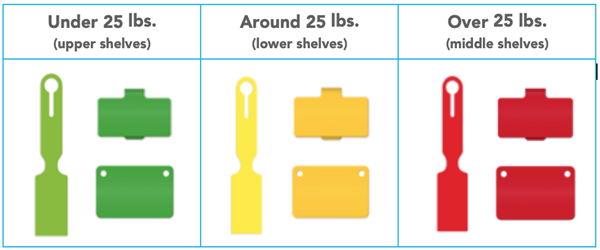We use cookies to understand how you use our site and to improve your experience. This includes personalizing content and advertising. By continuing to use our site, you accept our use of cookies. View our Privacy Statement.
TECH Talk: Managing Overweight Trays
04.15.2019 • Industry News
Managing Overweight Trays: Take Out the Heavy Lifting
Am I the only one that feels like I could become an Olympic powerlifter from lifting heavy trays every day? Who needs the gym when you’re toting 80-100 vendor trays for an orthopedic day?
As a general trend, instruments and instrument sets are becoming more complex, and often as their complexity increases, so does their weight.
Many organizations such as AAMI, AORN, and NIOSH have outlined the risks associated with overloaded instrument trays. Not only do overweight instrument sets risk compromising sterilization, they also pose an ergonomic strain on operating room and sterile processing staff.
Here are some best practices that you can implement to help take the heavy lifting out of managing overweight trays:
- Work with your staff to identify overweight trays, prioritize your list, and work through one tray a time to reduce overall weight.
- For vendor trays, work with your vendor to split trays weighing over 25 lbs into multiple trays.
- Utilize rolling carts when carrying multiple trays can reduce the risk of injury to you and your staff.
- Create a storage and identification system that easily identifies tray weight and promotes ergonomic handling of trays. One option is the "stoplight method":

Take a proactive approach to reduce the overall weight of instrument trays to help ensure your department is complying with recommended practices. Doing so will help you reduce the risk of injury, sterilization complications, and dropped tray/damaged set associated with overweight trays.
Brandon VanHee, GTS
Clinical Educator, Key Surgical